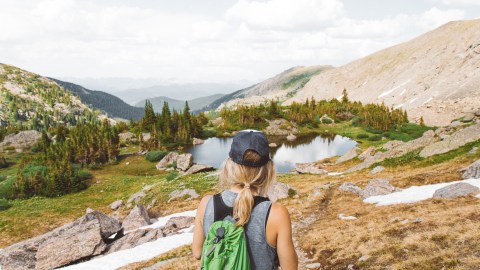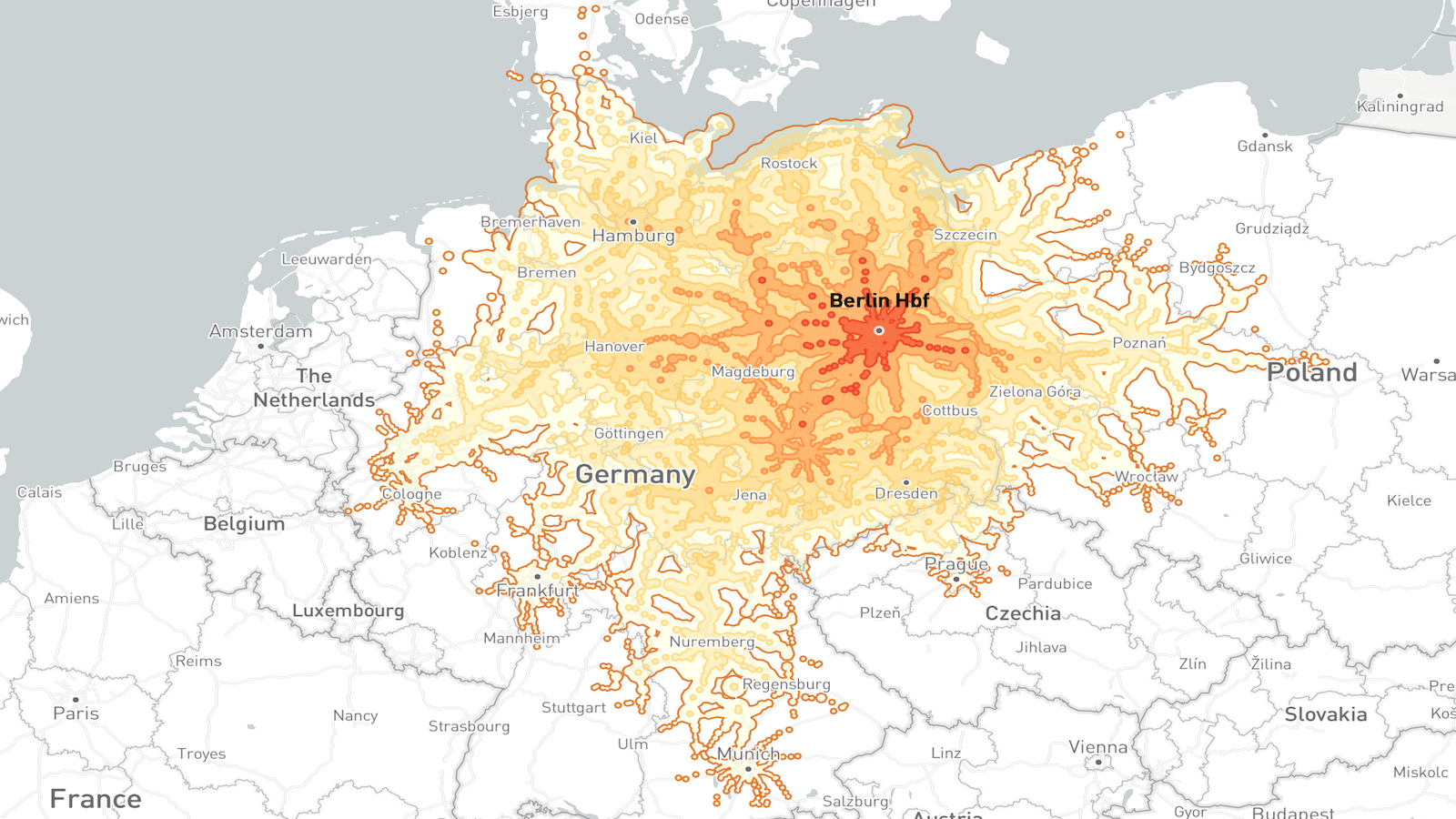In Sweden you can roam anywhere you like, without the landowner’s permission

Credit: Holly Mandarich via Unsplash
The concept of access regardless of land ownership is called ‘Allemansrätt’ – ‘everyman’s right’.
The custom dates from mediaeval times, but was only passed as law in parliament in 1974, and enshrined in the Swedish constitution in 1994. Authorities can even force landowners to remove any fence in place which has the sole purpose of obstructing public access to a recreation area.
There are sensible exceptions. You cannot enter private gardens or cultivated land, nor can you camp within 70 metres of a dwelling place, or exploit the countryside for economic purpose, such as hunting and logging.
People are obliged to take care of the nature they enjoy, and respect others they meet. The Swedish Environmental Protection Agency has popularized the slogan ‘don’t disturb, don’t destroy’, a variation on the ‘leave no trace’ tagline found elsewhere.
Several other countries ensure similar freedoms, including the rest of the Nordic countries (though Denmark has some restrictions on private land), several Baltic states, Scotland and Austria. By contrast, many countries have restrictions on access to public land. In England for example, walkers are generally allowed to cross privately owned moors, heaths and coastal land, but not forests. In the US, property rights allow landowners to exclude others. And Northern Ireland has “draconian” access rights, according to the Chairman of the Ulster Federation of Rambling Clubs (UFRC).
Access to nature can be key to a population’s health, both in terms of encouraging an active lifestyle and for the soothing powers of the great outdoors. Japan has designated “therapy forests” where people are encouraged to go “forest bathing,” while doctors in Scotland are prescribing outdoor activities to help tackle a range of conditions. Medical research has linked time spent in nature with everything from reduced depression to improved immune systems.
Reprinted with permission of the World Economic Forum. Read the original article.





